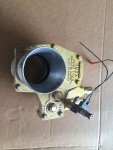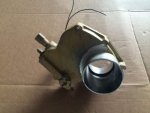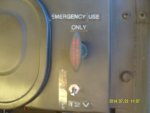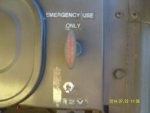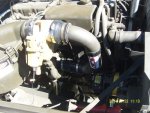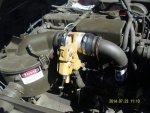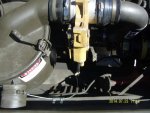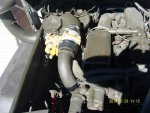If you lose the brakes, can't you just down shift and shut the motor off, letting the engine compression do the braking? QUOTE]
The only way I know of getting significant braking out of a diesel engine is with a jake brake, and you are not stopping fast with just the jake. Some over the road tractors have jakes, but I am not aware of uncle putting them on military vehicles.
When I was stationed in Australia, I volunteered with the local fire department and got to drive their water tanker. It had a jake brake and I thought it was pretty cool (only vehicle I ever drove that had one).
As for the runaway engine, I have been reading TM9-2320-209-10-1 and found this ominous warning:
"WARNING - If engine does not stop after you have pulled the ENG. STOP control knob out, leave the truck immediately and take cover to avoid personal injury."
I can understand that when dealing with a truck that the government owns. You can just stand back & watch the thing shred itself & nudge your buddy & say "Hehehehe, that was cool". However, with ME being the owner of the vehicle, I would definitely jump into action and try to shut the engine down to avoid costly damage. Of course, PM (Preventative Maintenance) is always better than SPR (Smoking Pile of Rubble).



